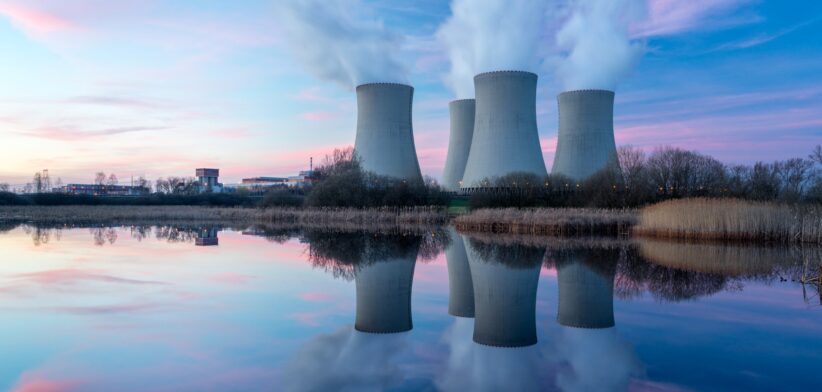Nuclear power is a more expensive energy option compared to renewables, according to a new CSIRO report.
The latest GenCost report also found a nuclear-powered energy solution would take 15 years to develop.
The report, created in collaboration with the Australian Energy Market Operator studies the cost of building future electricity generation, storage and hydrogen production in Australia.
CSIRO Director of Energy Dr Dietmar Tourbier said the latest report introduced a range of changes in response to stakeholder feedback, most significantly the inclusion of large-scale nuclear for the first time.
“GenCost assessed submissions regarding the suitability of large-scale nuclear power generation in Australia’s electricity system and found that, while generation units of that scale are unprecedented in Australia, there are no known technical barriers,” Dr Tourbier said.
He said it also determined that nuclear power was more expensive than renewables and would take at least 15 years to develop, including construction.
“This reflects the absence of a development pipeline, the additional legal, safety and security steps required, and weighing the evidence provided by stakeholders.”
Dr Tourbier said wind power was recovering the slowest from global inflationary pressures and cost projections for both onshore and offshore wind had been revised upwards in the next decade.
“Despite this, updated modelling found that renewables – including costs associated with additional storage and transmission – remain the lowest cost, new build technology,” he said.
“This competitive position reflects the decade of cost reductions experienced by wind, solar photovoltaics (PV) and batteries prior to the pandemic, while costs of their more mature competitors have remained flat.”
Dr Tourbier said the latest GenCost consultation process attracted more than 40 written submissions and more than 200 industry webinar participants.
“The feedback provided by the energy community each year is invaluable, given that cost forecasts of future electricity generation, storage and hydrogen production can fluctuate significantly and no single technology can achieve our transition to net zero,” Dr Tourbier said.
He said the report revised its approach to estimating solar thermal power generation costs to align with other bulk supply technologies.
“The new cost data indicates solar thermal is competitive with nuclear and other non-renewables that combine CCS technologies,” Dr Tourbier said.
The updated analyses also found that:
- Inflationary pressures have considerably eased, but the impact is inconsistent across technologies.
- Onshore wind costs increased by 8 percent, while large-scale solar photovoltaic (PV) fell by the same proportion.
- Gas turbine costs increased by up to 14 percent.
- Capital costs of other technologies were relatively steady.








